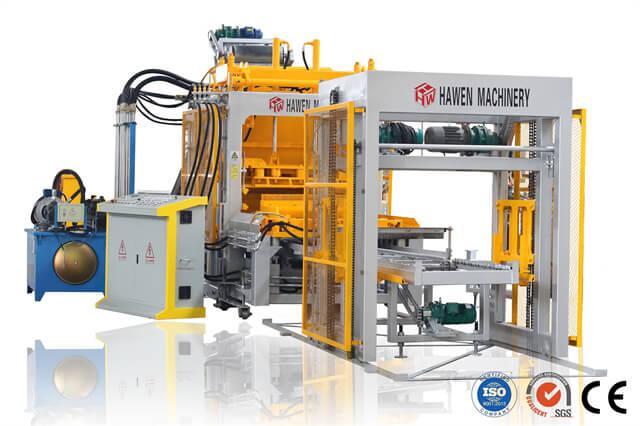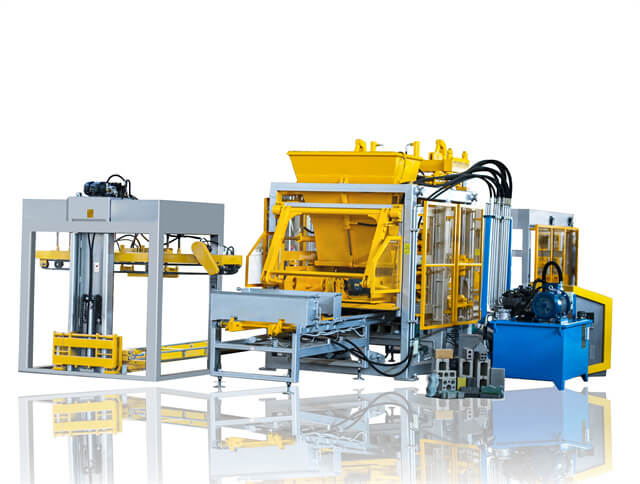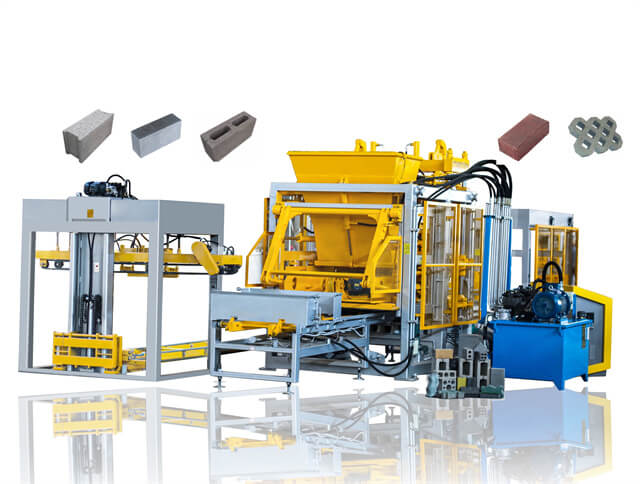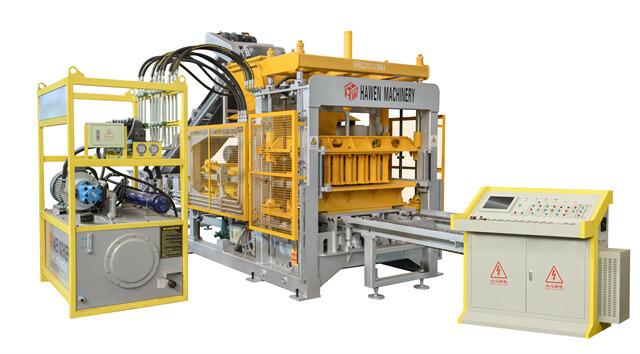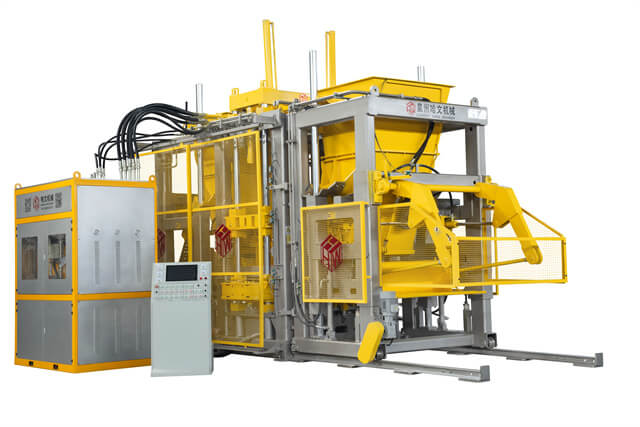Author:HAWEN Block MachineFROM:Brick Production Machine Manufacturer TIME:2024-04-29
The automatic concrete block making machine has revolutionized the construction industry by increasing productivity and efficiency. This machine is capable of producing large quantities of concrete blocks, which are essential in various construction projects. In this article, we will explore the development history and working principle of the automatic concrete block making machine.
The concept of automated block making can be traced back to the early 20th century when the first machines were created to streamline the block production process. These early machines were manually operated and required significant labor to produce a small number of blocks. Despite their limitations, they marked the beginning of a new era in the construction industry.
The 1960s witnessed significant advancements in the design and functionality of automatic concrete block making machines. These machines started incorporating hydraulic systems, allowing for higher compression forces and greater block production rates. The use of hydraulic technology greatly improved the quality and strength of the blocks, making them more suitable for construction purposes.
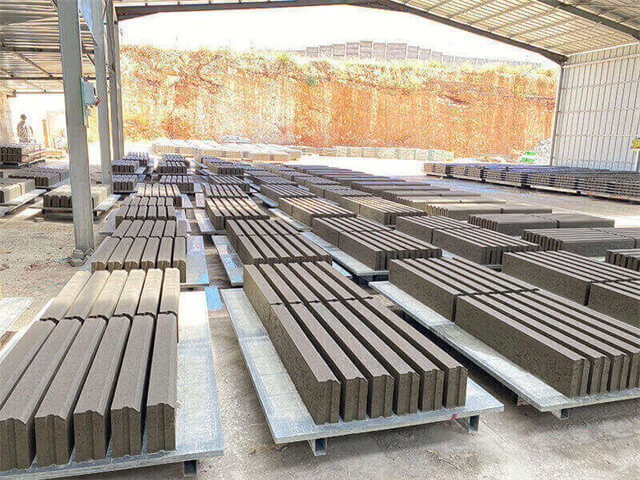
In the 1970s, vibrating systems were introduced in automatic concrete block making machines. These systems ensured proper compaction of the concrete mix, resulting in denser and more durable blocks. The addition of vibrating systems also provided a smoother finishing to the blocks, enhancing their aesthetics.
With the advent of computer technology, automatic concrete block making machines saw further improvements in the 1980s. Computerized control systems were integrated into these machines, allowing for precise control over various parameters such as raw material feeding, mixing, and block molding. This automation significantly reduced human error and increased production efficiency.
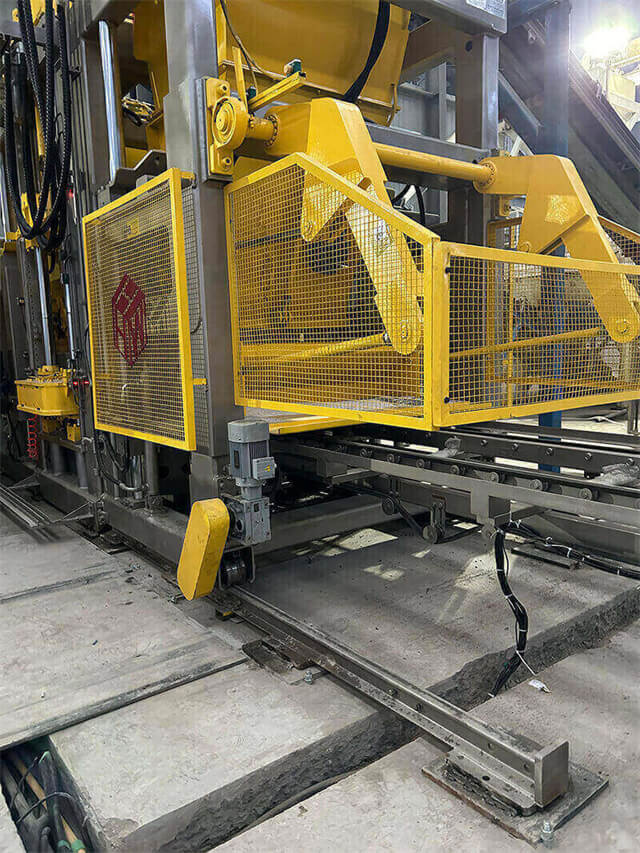
In recent years, there has been a trend towards developing multi-functional automatic concrete block making machines. These machines are capable of producing not only standard concrete blocks but also various other types of blocks, such as interlocking blocks and paving stones. This versatility has made them indispensable in modern construction projects.
The working principle of an automatic concrete block making machine starts with the preparation of raw materials. Cement, sand, and aggregates are accurately measured and mixed in predetermined proportions to form a concrete mix. This mix is then transferred to a hopper for further processing.
The concrete mix from the hopper is fed into a mold or a block-making chamber, where it is compacted using hydraulic pressure. Vibrating systems may also be employed to ensure proper compaction and smooth finishing. Once the block is formed, it is ejected from the mold and placed on a conveyor belt for curing and drying.
The cured blocks need to be stacked and covered with plastic sheets or kept in a humid environment for a specific duration to attain the desired strength. After the curing process, the blocks are ready to be used in construction projects. The entire process, from raw material preparation to curing and drying, is automated and controlled by computerized systems.

The automatic concrete block making machine has evolved significantly since its early developments. From manual operation to computerized control systems, these machines have become essential in the construction industry. With their improved efficiency and versatility, they continue to play a crucial role in meeting the growing demands of modern construction projects.
